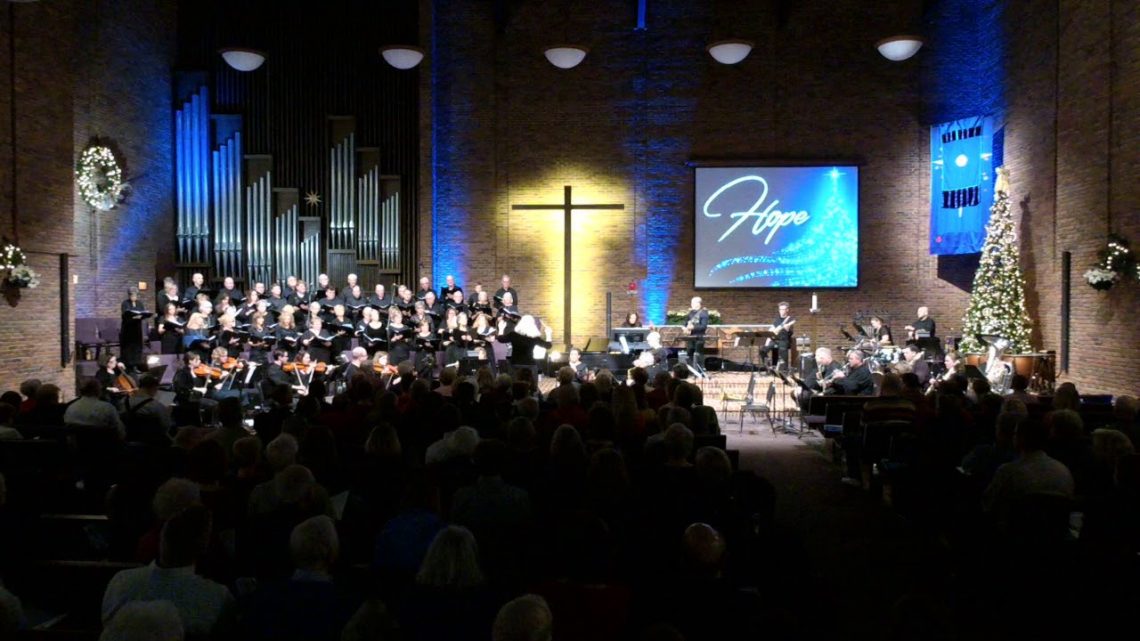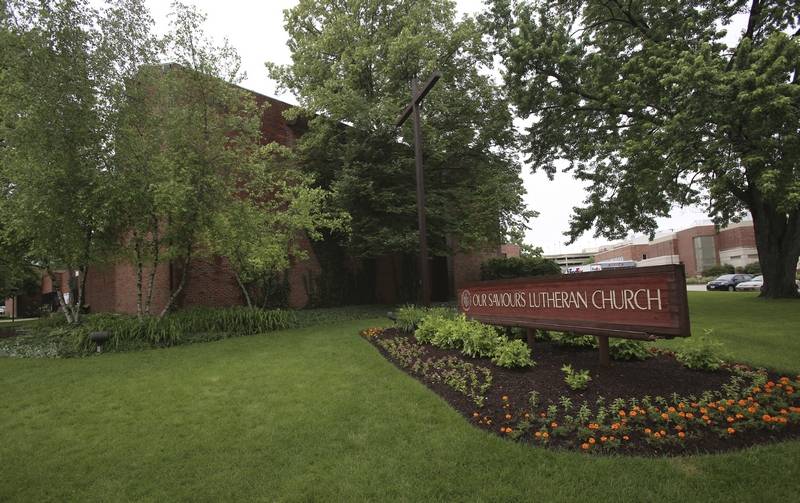
Week 3: The Importance of Intentionality at Our Saviours
With another week of research in the books, the time has come once again to reflect and think critically about what quality stood out in this week’s church.
As discovered last week, my feeling like a church shopper still seems to be more present than ever. As I observe and interview my way through the next 6 churches, I will continue to struggle with the concept of only catching a glimpse of what each church is like, and what each church is, in turn, striving to do for the community of Naperville.
Before I go any further, I would like to extend a piece of advice to all people currently searching for their perfect church home:
You will never be completely satisfied with a church. Churches are communities of human beings, who are never perfect. My research has made it abundantly clear that pastors and worship leaders are a breed of passionate, loving people who mean what they say when they voice their desires for all people to be welcomed and cared for. Each church has something unique to offer, each are exploring worship in their own ways. Its not about who’s doing things correctly, but who is doing things in a way that makes you feel like you could belong there.
One thing I personally value is pastoral intentionality. I’ve grown up in a fairly large church where the pastors are often caught up talking to all the people who purposely seek them out on a given Sunday. (I will also say that last Sunday morning, I stopped into the Cornerstone Cafe at Good Shepherd (which is my home church for those who don’t know) to finish my observation notes before attending a different service in another church, and Pastor Gary Olsen did seek me out and ask me about my progress. So while these pastors do have a difficult time seeking everybody out each week, they do try. Its a bit hard when you have 1,500 people going in and out of the building on a given weekend)
Needless to say, when I enter a new church every weekend, I don’t typically expect them to 1. know who I am (even if I’ve been in communication with them about my project) or 2. to actively seek out a conversation with me. It saddens me a bit to think that this is the reality of my expectations, but it is apart of my typical experience, and probably apart of many people’s experiences in a larger church.
However, this week’s church defied my expectations in this department. While it is the smallest congregation I’ve researched so far, at 750 worshipers each week it is by no means tiny. So I was pleasantly surprised when Pastor Emily of Our Saviour’s Lutheran Church greeted me as I walked into their 5:00pm Saturday service, saying, “You’re Kaitlyn aren’t you? We’re so glad you’re here!”


Our Saviour’s Lutheran Church has been in Naperville for over sixty years. One church spread over two buildings that are down the street from one another, their unique set up presents an interesting dynamic.
On a given weekend, they offer five different worship services. The three blended services (5:00pm on Saturday, and 9:00 and 10:30 on Sunday) and the one traditional service (8:00am on Sunday) all take place in their original sanctuary at the Our Saviours campus (which is the photo on the left above). Meanwhile, their contemporary service is offered at 10:00am on Sunday mornings in the gym space at the Celebration campus (which is pictured on the right). Similar (in denomination and multi-worship-venue) yet so different from Good Shepherd, what I noted to be significant was not how they were able to accomplish worship across two different buildings, but rather how they went about bridging the congregations of each service together.
Similar to Our Saviour’s having worship in multiple buildings, Community Christian Church has many different locations. However, they are different in the fact that these locations are all spread out in different towns and different neighborhoods. Each should be their own congregation as they each arise from different cultural contexts at the local level. However, there is also a sense of unity since Community Christian Church has created each location to have the same worship, and, in more business-like terms, have their “brand” of worship that defines each location as a Community location.
Similar to Our Saviour’s having multiple types of worship, Good Shepherd also offers traditional and contemporary worship in multiple venues. But the difference here is that those venues are in the same building whereas Our Savoiur’s buildings are down the street from one another.
Problems that arise in the uniqueness of Our Saviour’s set up are steeped in the concept of congregational unity. How can people who 1. worship in two different buildings and 2. experience worship in different ways and styles experience congregational oneness as Our Saviour’s Lutheran Church as a whole?
The answer lies, largely in part, in the intentionality of Pastor John Gerike, Pastor Brian Wise, and Pastor Emily Wiles. Together, these three pastors serve as the preaching team of all five services. On a typical weekend, two of them share the responsibility of preaching while one serves as the assisting pastor. Regardless of whether or not they’re teaching, part of their responsibility lies in greeting their congregants. As soon as I walked into both campuses, I shook their hands and introduced myself. When I sat down in the gym of the Celebration campus, Pastor Brian even came over to introduce himself and ask me a bit about my project.
While pastors are not the main heartbeat of the church, they are often the main facilitators of worship and the faces that bring everybody together. As a church spread across two buildings, the role of the pastors at Our Saviour’s is incredibly important for bringing everyone together. Indeed, it is a role that they fill exceedingly well.
As a visitor, I was glad for their welcome and their kindness. As a researcher, I was excited by their enthusiasm. Their church is unique in many ways, and they gracefully build those qualities on top of one another to strengthen their congregation as a whole.
From Our Saviours I learned that flexibility and optimism is important, but also that authenticity and intentionality are both crucial ingredients to the glue that brings congregations together.

